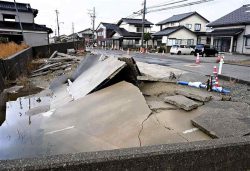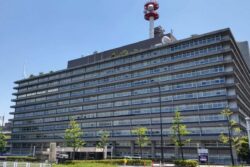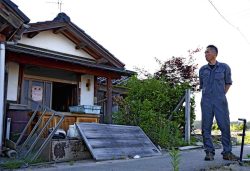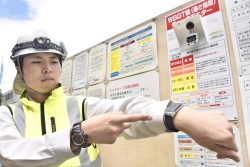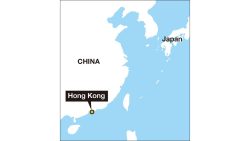Many Cultural Properties Damaged in Japan’s Noto Peninsula Earthquake; Full Extent of Quake Damage Yet to be Assessed
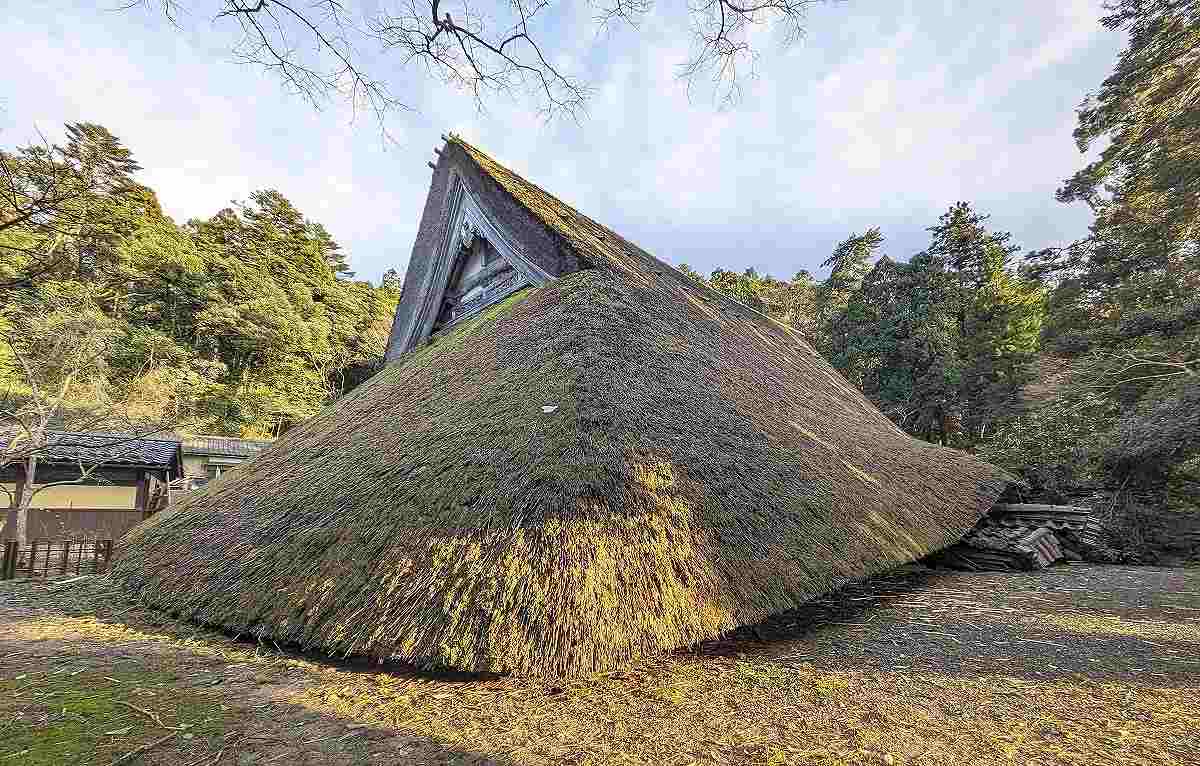
The collapsed Kamitokikuni Family Residence is seen with its traditional thatched roof on the ground on Jan. 22 in Wajima, Ishikawa Prefecture.
7:00 JST, February 11, 2024
WAJIMA, Ishikawa — The Noto Peninsula Earthquake caused major damage to cultural properties in Ishikawa Prefecture, including historical buildings and castle ruins. More than a month has passed since the disaster, but detailed surveys of the damage have yet to be conducted as local government officials in charge of cultural properties are busy helping residents who have been affected by the Jan. 1 earthquake.
To determine the full extent of the damage, the prefectural board of education is working with the Cultural Affairs Agency and the Cultural Heritage Disaster Risk Management Center, Japan, a national organization based in Nara City.
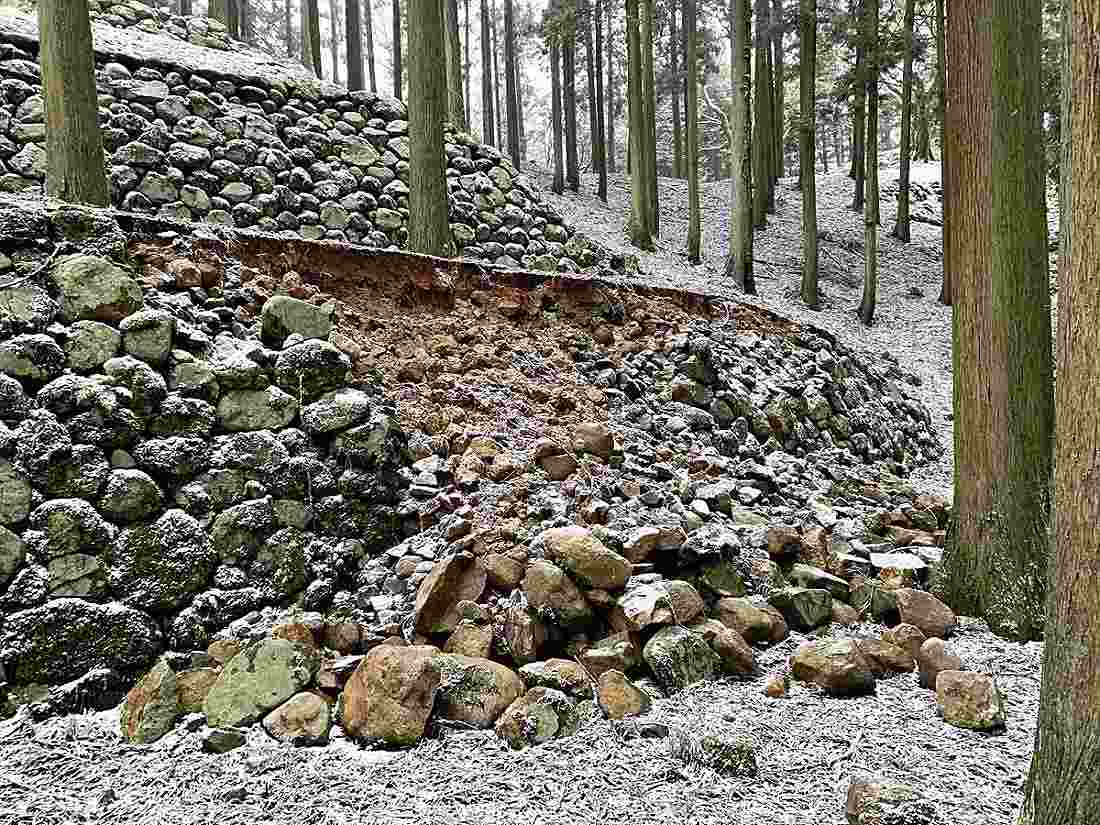
A damaged section of the stone foundation of the Nanao Castle Ruins
The Nanao Castle Ruins in Nanao, Ishikawa Prefecture, is a national historical site and is listed as one of the top 100 castles in Japan.
The quake severely damaged the castle’s stone foundation, and cracks appeared throughout the grounds of the ruins.
The large mountain castle has an area of about 250 hectares and was built in the 16th century during the Sengoku period (late 15th century to late 16th century) by the Hatakeyama clan that ruled Noto area. It was known as an impregnable fortress.
At least 11 sections have been damaged as a result of the earthquake, including areas where the keep was located. Some of the sections were then further damaged by aftershocks. According to the Nanao municipal board of education, a plan has not yet been made to restore it.
“At the moment, we have only managed to survey the main parts,” said an official from the board of education. “Some of the areas are difficult or unsafe to access, so we have yet to see the full extent of the damage.”
At the Kamitokikuni Family Residence, a national important cultural property in Wajima, Ishikawa Prefecture, the building collapsed and the traditional thatched roof is now on the ground.
A wealthy family that ruled the villages in the northern Noto Peninsula used to live in the house, which is believed to have been built in 1831 during the Edo period (1603-1867). It was one of the largest houses in the Hokuriku region at the time, measuring 29 meters wide and 18 meters high. It had survived many earthquakes but was unable to withstand the Noto Peninsula Earthquake.
“I’m at a loss for words as it happened so suddenly,” said Kentaro Tokikuni, 73, a member of the family. “It’ll be difficult to restore and rebuild it on our own. I want to think about how to deal with the situation while taking into account the support measures from the central government.”
The Sojiji Soin, an old temple in Wajima, was also severely damaged. The 33-meter-long Zenetsuro corridor, a nationally registered tangible cultural property, was completely destroyed.
The Kamogaura Saltwater Pool, a nationally registered tangible cultural property on the Kamogaura coast near the city center, had been a popular swimming pool, which was filled with seawater that flowed in. However, after the earthquake, the pool completely dried up. The University of Tokyo’s Earthquake Research Institute investigated the site and reported that it was caused by land uplift.
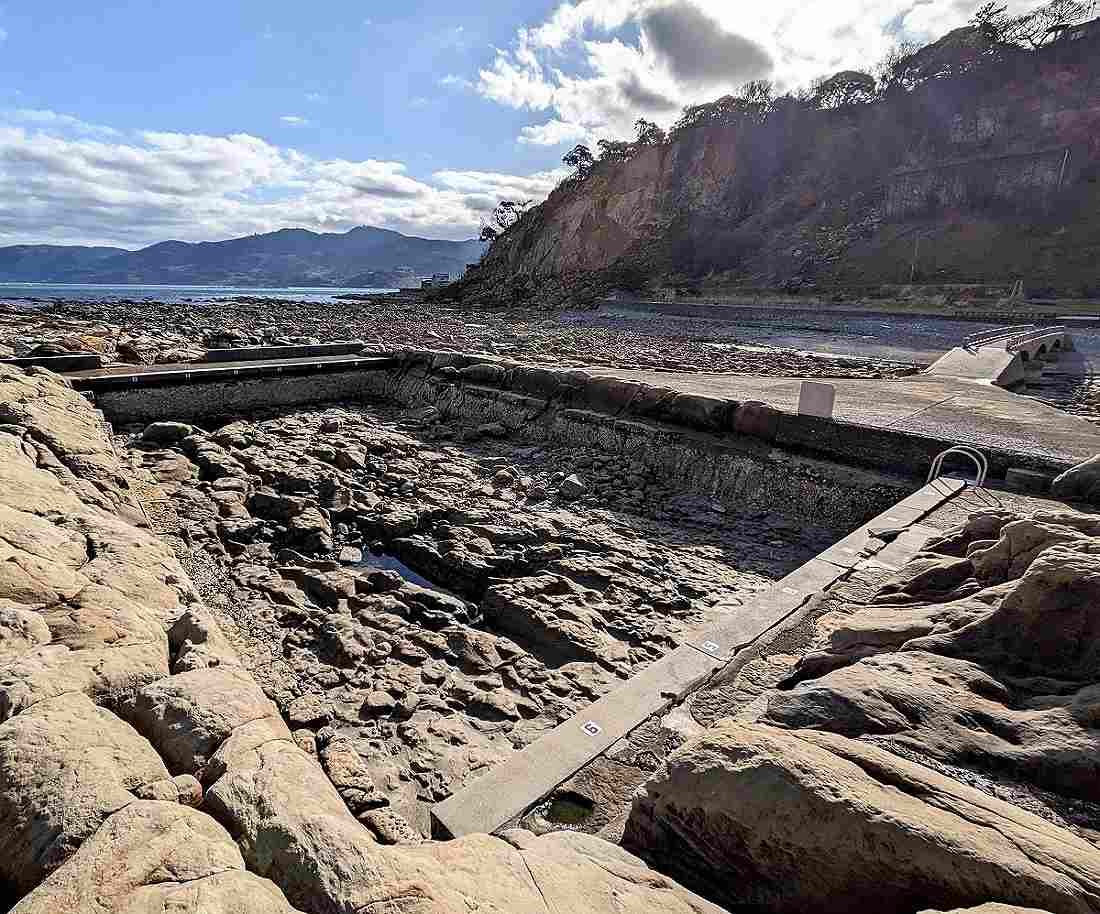
The Kamogaura Saltwater Pool is seen empty on Jan. 20 in Wajima, Ishikawa Prefecture.
According to Wajima municipal government, the pool was built about 75 years ago by excavating a 25-meter long, 13-meter wide hole in a rocky reef. At the time, there were no swimming pools at schools, so it was used for students’ swim lessons.
“Elementary school children came here often to have fun,” said Yugo Kawaguchi, 37, head priest at the nearby Shokoji temple, as he looked at the empty pool.
According to the prefectural board of education’s cultural properties department, there are 679 cultural properties, including national treasures and national important tangible cultural properties, in the prefecture. As of Feb. 2, about 100 of them have been damaged.
The Cultural Affairs Agency dispatched specialists to inspect the damage to nationally designated cultural properties, starting in areas that were ready to be checked. The agency began surveying the Wajima area on Feb. 1.
It is thought that cultural properties designated by local authorities and non-designated cultural properties have also suffered extensive damage. As a result, the Cultural Heritage Disaster Risk Management Center, Japan, has started collecting information about them.
“First, I hope that local authorities will take the lead in quickly establishing a system to protect local cultural properties,” said Ryusuke Kotani, who heads the center’s cultural heritage disaster risk management. “After that, we will provide support using our expertise.”
"Society" POPULAR ARTICLE
-

M4.9 Earthquake Hits Tokyo, Neighboring Prefectures
-

Israeli Tourists Refused Accommodation at Hotel in Japan’s Nagano Pref., Prompting Protest by Israeli Embassy and Probe by Prefecture
-

M7.5 Earthquake Hits Northern Japan; Tsunami Waves Observed in Hokkaido, Aomori and Iwate Prefectures
-

Tsukiji Market Urges Tourists to Avoid Visiting in Year-End
-
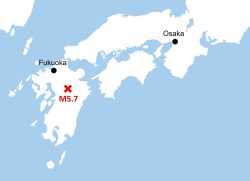
M5.7 Earthquake Hits Japan’s Kumamoto Pref., Measuring Upper 5 Intensity, No Tsunami Expected
JN ACCESS RANKING
-

Tokyo Economic Security Forum to Hold Inaugural Meeting Amid Tense Global Environment
-

Keidanren Chairman Yoshinobu Tsutsui Visits Kashiwazaki-Kariwa Nuclear Power Plant; Inspects New Emergency Safety System
-

Imports of Rare Earths from China Facing Delays, May Be Caused by Deterioration of Japan-China Relations
-

University of Tokyo Professor Discusses Japanese Economic Security in Interview Ahead of Forum
-

Japan Pulls out of Vietnam Nuclear Project, Complicating Hanoi’s Power Plans


